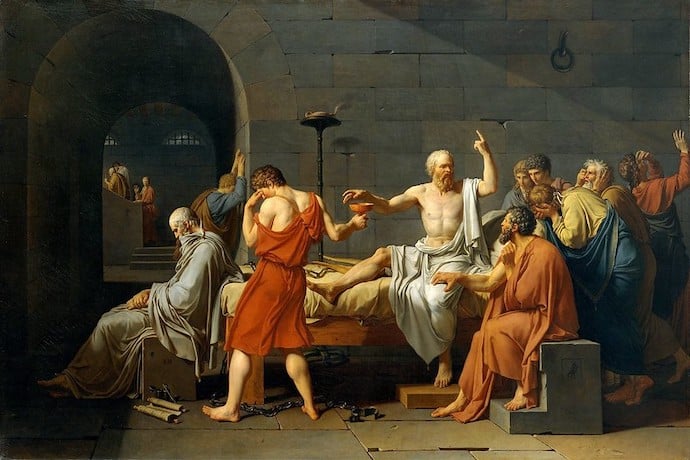In my classes, I like to tell my students that you don’t really understand a concept until you can describe it meaningfully in a few sentences. The underlying idea is, that the better you know the subject, the more precisely you can describe it. So, when I had a young student ask me recently “Where did computers come from?” I was a bit flummoxed. I felt like I knew parts of the story, but I didn’t have the whole picture. More importantly, I certainly couldn’t provide a succinct answer for her. So I looked to investigate this question a bit further. What is a computer really?
Where did computers come from? My research surprisingly took me back in time further and further with each article I read. Finally, I landed in Ancient Greece when I realized that the true genesis for the modern-day computer came from Aristotle. This Greek philosopher was fascinated with the ways in which the human mind works, and he was particularly interested in how humans create arguments and decide if something is true. He was so fascinated that he wrote a six-part book called The Organon where he made observations about the structure behind human reasoning. This book was the beginning of what we today refer to as logic.
Aristotle’s biggest observation was that you can tell whether an argument is valid or not merely by looking at its structure. In his most famous argument, he states: All men are mortal. Socrates is a man. Therefore, Socrates is mortal. Similar to mathematical operations, the logical structure of this argument is its most important feature. As long as the argument uses this structure and the first two lines are true, the final line has to be true as well. This became known as a type of logical argument called a syllogism.
Aristotle also defined other basic principles of logic in The Organon that would be influential: No statement can be both true and false, Every statement is either true or false. In fact, Aristotle’s laws of logical reasoning were so ironclad that they became the standard for developing rational arguments for many, many centuries. That is until 1854 when a mathematician and philosopher named George Boole would attempt to improve logic.
Boole’s big contribution was to take Aristotle’s logic and represent it using symbols, operators, and variables – similar to mathematical equations. The goal of his book, The Laws of Thought, was to take logic into a new arena by turning it into a science similar to Geometry or Calculus. Boole created a new notation for logic that helped scholars and thinkers to be able to devise long equations or logical “proofs” for all sorts of concepts and ideas. Famously, the mathematician Bertrand Russell used this logical notation to rewrite the foundation of arithmetic taking close to 300 pages just to prove how addition like 1+1=2 works.
Despite this new way of thinking about logic, many of these ideas were far from the forefront of innovation. However, in 1938, an electrical engineering student at MIT named Claude Shannon was hard at work on a thesis that tied mathematical logic to engineering for the first time. His thesis, titled “A Symbolic Analysis of Switching and Relay Circuits”, sounds a bit dry, but it described something revolutionary. Shannon realized that the rules of logic as described by Aristotle and Boole could be represented in an electrical circuit.
Let’s take a circuit and say it represents proposition X (Socrates is a man). If the circuit is closed, then X could be considered as False. If the circuit is open, then X could be considered as True. Moreover, these true and false circuits could be combined together to make mathematical operations like addition or subtraction. These circuits would become the basis for arithmetical logic units or ALUs—an essential element of a computer’s CPU.
Other innovations like the Von Neumann Architecture and the invention of the transistor would develop this technology into what we know as computers today, but, at its core, the computer is a representation of Aristotle’s rules of logic rendered in digital electrical circuits. And, in the beginning, Aristotle began this journey by asking the very simple question many people still ask today—how is it possible to know that something is true?
Learn More

